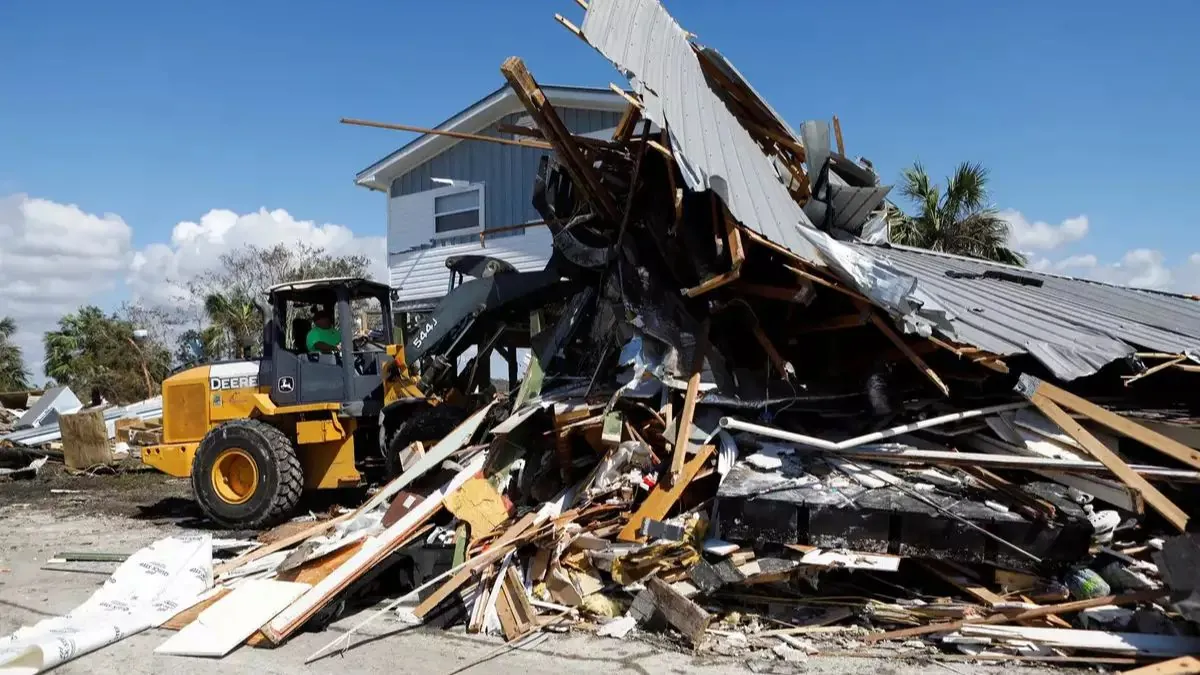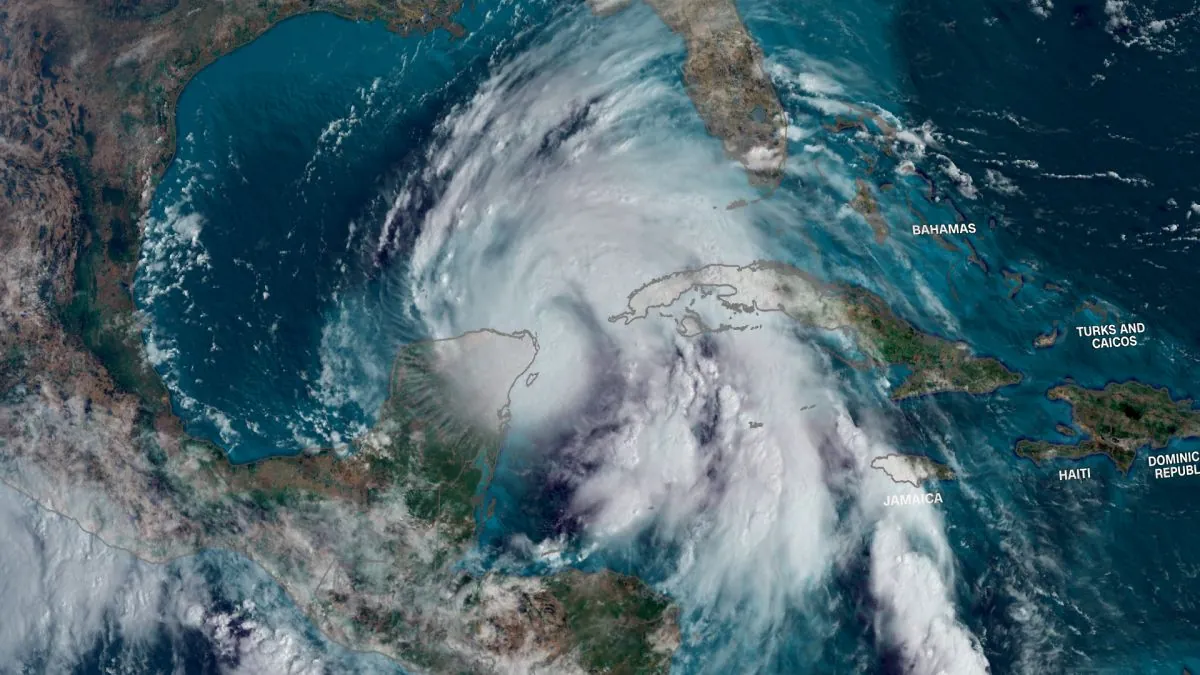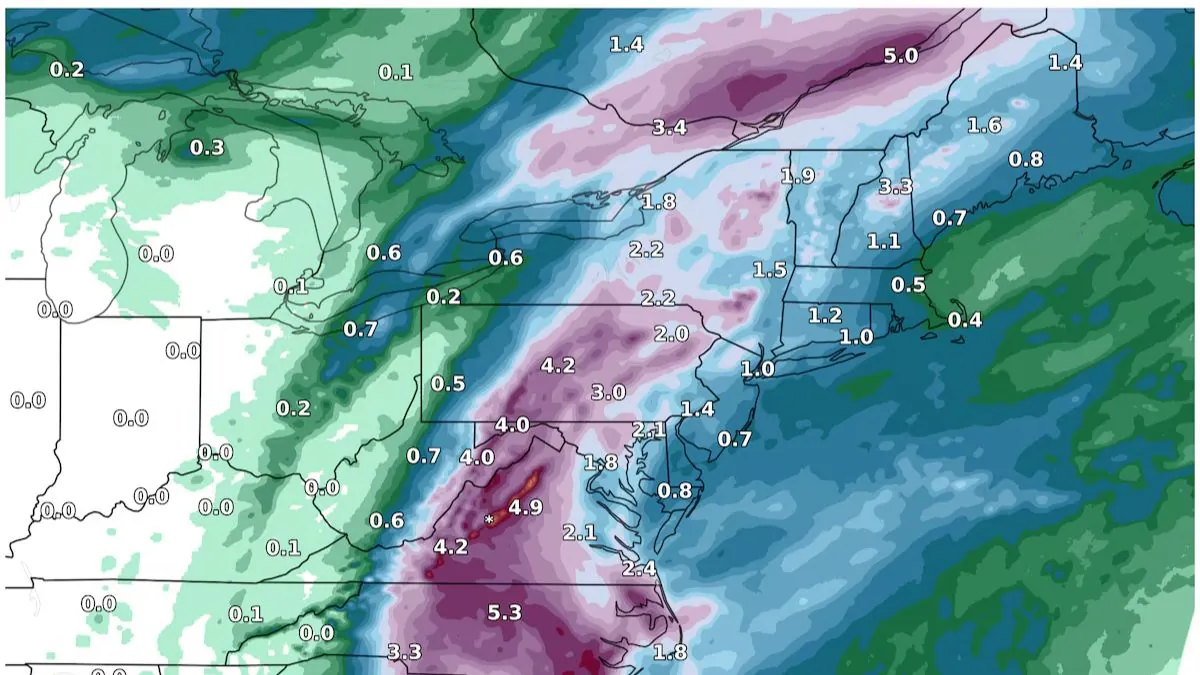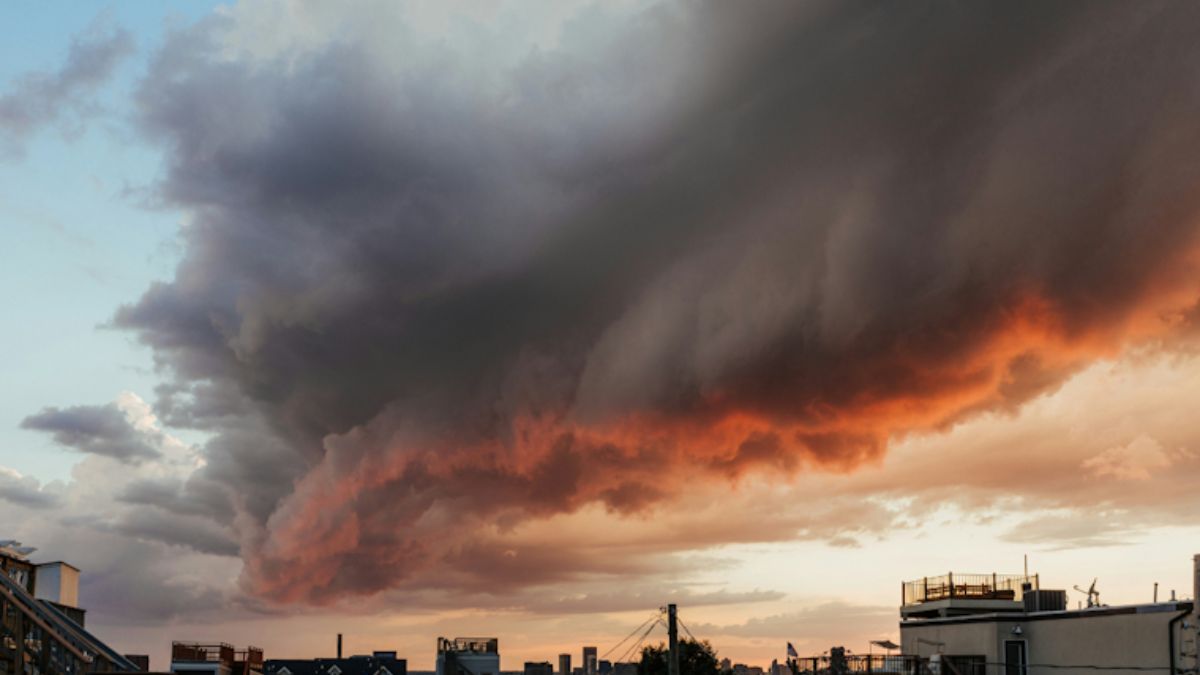The Southeastern United States launched a massive cleanup and recovery effort on Sunday, as the death toll grew to 100 after Hurricane Helene knocked out electricity to millions, wrecked roads and bridges, and caused dramatic flooding from Florida to Virginia.
The storm’s winds, rain, and surge killed at least 90 people in North Carolina, South Carolina, Georgia, Florida, Tennessee, and Virginia, according to a Reuters count of state and local officials.
Authorities were concerned about the possibility of uncovering more bodies.
With mobile towers down across the region, hundreds of people remained unaccounted for.
Over the weekend, insurers and forecasts estimated damage ranging from $15 billion to more than $100 billion, citing disruptions to water infrastructure, communications, and essential transportation routes.
Property damage and lost economic productivity will become more apparent as officials examine the catastrophe.
In North Carolina, nearly all of the killings occurred in Buncombe County, where 30 individuals died, according to Sheriff Quentin Miller during a video conference call with reporters.
Avril Pinder, county manager, stated that she had requested emergency food and water from the state. Floodwater covered the streets of Asheville, a gorgeous city.
“This is a historic catastrophe,” Governor Roy Cooper told CNN. “People that I talk to in western North Carolina say they have never seen anything like this.”
Search and rescue teams from 19 states and the federal government have descended on the state, Cooper said, adding that some routes may take months to rebuild.
There were severe power outages in Flat Rock, North Carolina, and people had to wait in line for hours for gas.
As he neared his third hour of waiting in line, Chip Frank, 62, lamented the closure of grocery stores and the absence of cellphone service. “Everything depends on these gasoline stations. You won’t be able to go anywhere, and it’s a scary feeling.”
According to a US Energy Department official, around 2.7 million people in the South were without power on Sunday, a 40% decrease from Friday, following historic storm surges, violent winds, and deadly conditions that reached hundreds of miles inland.
According to the governors of South Carolina, Georgia, and Florida, 25 people died, 17 in Georgia and 11 in Florida.
CNN reported a total of 93 deaths in the South, citing state and local agencies.
President Joe Biden plans to visit damaged areas this week, as long as he can do so without disturbing emergency services, according to the White House.
“It’s tragic,” Biden told reporters Sunday, vowing recovery help after designating major disasters in Florida and North Carolina, as well as emergencies in Georgia, Virginia, and Alabama. “You saw the photos. It is beautiful.”
Vice President and Democratic presidential candidate Kamala Harris planned to cut short a campaign trip to Nevada on Monday to attend storm response briefings in Washington, and she will return to the region when it does not impair the response, according to a White House official.
Republican presidential nominee Donald Trump will travel to Valdosta, Georgia, on Monday to hear a hurricane damage update and “facilitate the distribution of relief supplies,” his team announced.
Helene blasted into Florida’s Gulf Coast on Thursday night, bringing days of torrential rain and damaging buildings that had stood for decades.
On Saturday, Charlene Huggins assessed the debris of her blown-out house at Horseshoe Beach, Florida’s Gulf Coast, about 70 miles (120 kilometers) west of Gainesville, plucking a jacket from the rubble.
“Five generations lived in this house, from my grandmother to my father, myself, my daughter, son, and granddaughter,” Huggins remarked, clutching a chipped glass cake stand. “So there are lots of memories here.” It simply breaks your heart.
Not far away, James Ellenburg stood on the land where his family had lived for four generations. “I took my first step right here in this yard.”
The roof of one house lay flat on the earth; its walls blasted apart.
A storm surge of eight to ten feet (2.4 to 3 meters) moved mobile homes along the shoreline of Steinhatchee, according to the weather service.
Other regions experienced a storm surge of 15 feet (4.5 meters).
On Saturday, residents of the nearby little village of Spring Warrior Fish Camp were assessing the damage and waiting for emergency or first responder assistance.
“No one thinks of us back here,” remarked David Hall, as he and his wife sifted through seagrass and dead fish in the office of their motel. A municipal rule has built many of the community’s homes on stilts, enabling them to withstand significant damage.
Kristin Macqueen was assisting friends in cleaning up following the destruction of their house in nearby Keaton Beach. “It’s complete devastation,” she remarked. “Houses have just torn off their slabs.”







